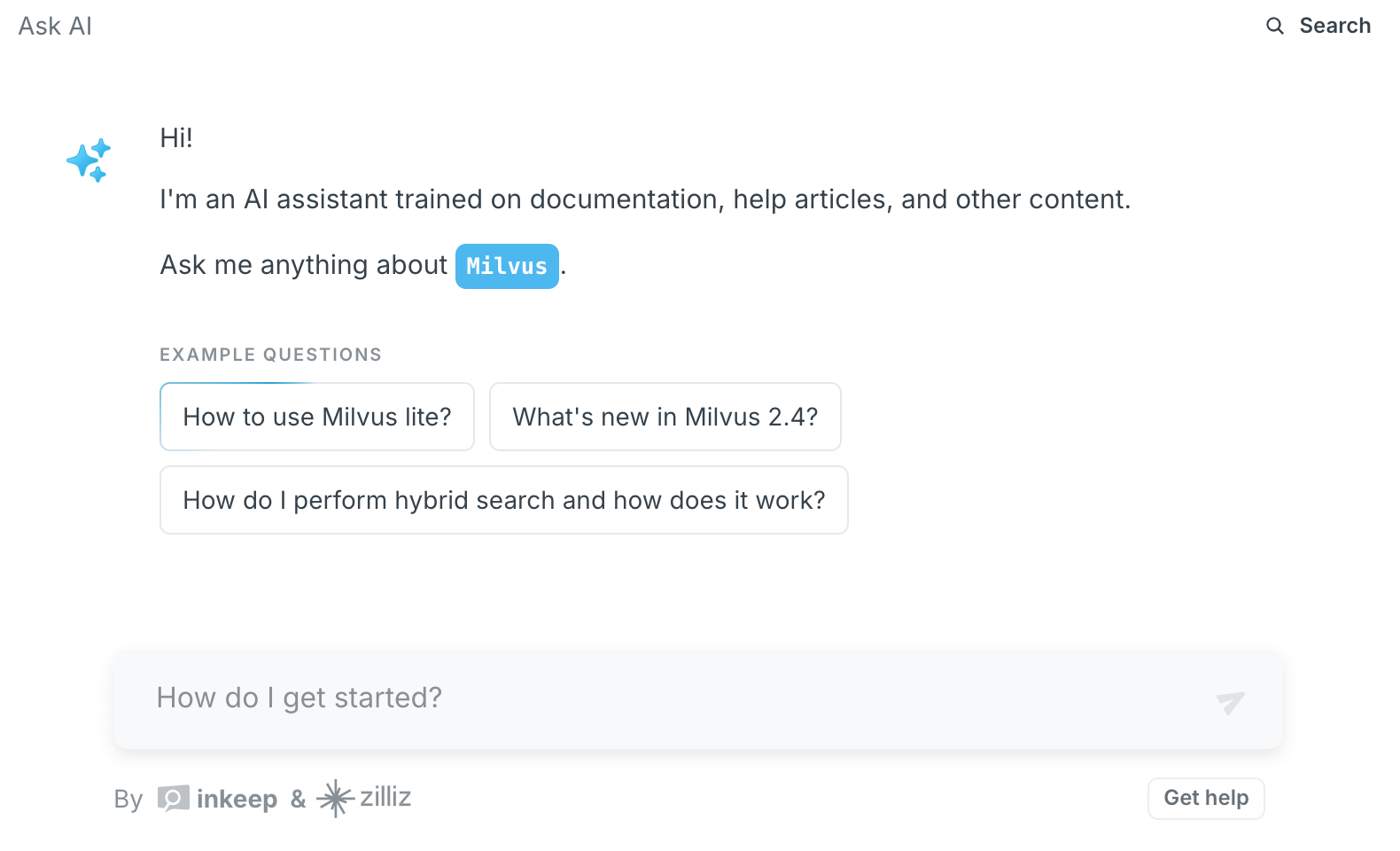When the integration between retrieval and generation in a system like a language model isn’t well-tuned, several failure modes can occur. The most common issues include the model ignoring retrieved content, misattributing answers to incorrect sources, or mishandling conflicting information. These failures degrade the reliability of the system, leading to inaccurate or nonsensical outputs. Let’s break down these scenarios with examples to illustrate their impact.
First, if the model ignores retrieved documents entirely, it will rely solely on its pre-trained knowledge, which may be outdated or incomplete. For instance, if a user asks, “What’s the latest version of Python?” and the retrieval system provides a document stating “Python 3.10,” but the model’s training data only includes information up to Python 3.9, it might incorrectly answer “3.9” instead of using the retrieved data. This becomes a critical problem in domains requiring up-to-date information, like software documentation or news summaries. The root cause here is often poor training or alignment—the model isn’t incentivized to prioritize retrieved content over its internal knowledge. Developers might see this in systems where the retrieval step is treated as optional, rather than a core input.
Second, misassociation happens when the model incorrectly links an answer to the wrong document or section. For example, if a user asks, “What causes battery drain in smartphones?” and the retrieval system fetches documents discussing both hardware defects and software bugs, the model might attribute a hardware-related answer to a software-focused document. This can occur if the model’s attention mechanisms fail to track which parts of the retrieved text are relevant. In medical or legal contexts, such errors could lead to harmful advice. A common technical cause is weak alignment between the retrieval embeddings and the generator’s input processing—if the model can’t map retrieved snippets to the query’s intent, it may “hallucinate” connections.
Third, the system might struggle with conflicting or ambiguous information in retrieved documents. Suppose a user asks, “Is chocolate harmful to dogs?” and the retrieval returns one document stating “chocolate is toxic” and another claiming “small amounts are safe.” A poorly tuned system might either contradict itself, pick a random answer, or blend the two into an unclear response. This is especially problematic in domains like healthcare, where precision matters. The issue often stems from insufficient logic to resolve conflicts, such as lacking a scoring mechanism to prioritize authoritative sources. Developers might address this by improving the retrieval’s ranking logic or training the generator to recognize and flag inconsistencies.
In summary, poor integration between retrieval and generation leads to three key failures: ignoring context, misattributing answers, and mishandling conflicts. Each stems from gaps in how the model prioritizes, interprets, or reconciles retrieved data. Fixing these requires careful tuning—such as training the generator to treat retrieval outputs as non-optional, improving cross-attention mechanisms, or adding logic to handle conflicting evidence. Developers should test these systems with real-world queries to identify and mitigate such failures early.
